In the mysterious world of arachnids, deception is a powerful survival tool. Many harmless spider species have evolved to resemble their more dangerous relatives, creating a fascinating example of evolutionary mimicry. This phenomenon, known as Batesian mimicry, allows defenseless spiders to benefit from the fearsome reputation of venomous species without actually possessing potent venom or defensive capabilities themselves. The intricate disguises these spiders adopt—from body colorations and patterns to movement styles and habitat preferences—showcase nature’s remarkable adaptive strategies. As we explore this captivating subject, we’ll discover how and why these eight-legged imposters have developed their convincing disguises, and how this remarkable form of deception helps them survive in a world full of predators.
The Science of Batesian Mimicry
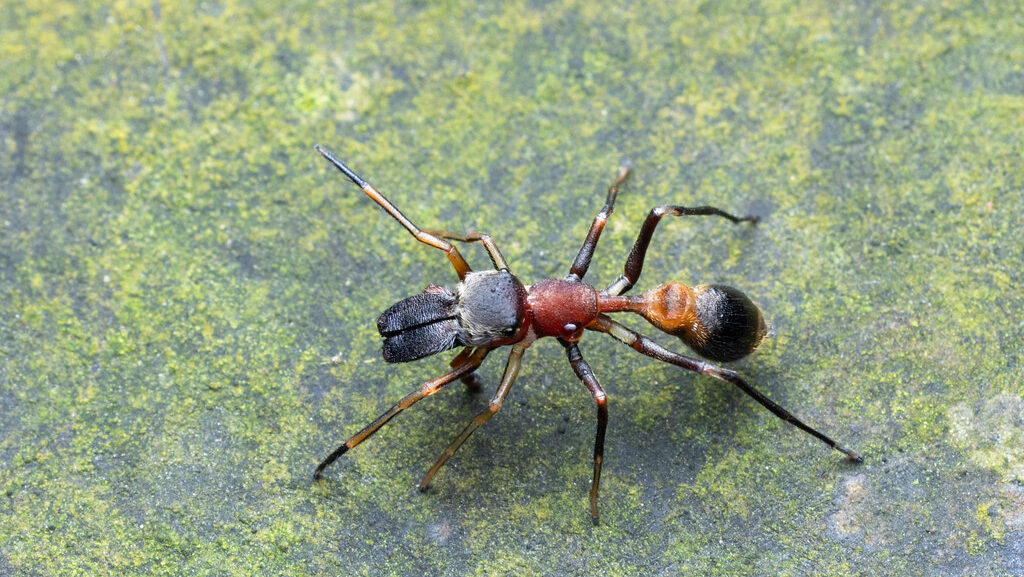
Batesian mimicry, named after English naturalist Henry Walter Bates, occurs when a harmless species evolves to resemble a harmful one that predators have learned to avoid. In the arachnid world, this often manifests as non-venomous spiders developing physical characteristics similar to those of venomous species that can cause significant pain or harm to predators. The effectiveness of this mimicry depends on predators having had negative experiences with the venomous model species, creating a learned aversion that the mimic can exploit. For the deception to work, the mimic must typically be less common than the model in the ecosystem, ensuring predators are more likely to encounter the dangerous version first and develop the appropriate fear response. This evolutionary strategy represents a fascinating example of natural selection at work, where resemblance to dangerous species confers significant survival advantages.
The Ultimate Survival Advantage

Mimicking venomous spiders provides non-venomous species with an extraordinary survival advantage in the face of constant predatory threats. When potential predators such as birds, lizards, or mammals encounter a spider that resembles a dangerous species they’ve previously encountered, they typically avoid interaction without testing whether the spider is actually dangerous. This immediate aversion response means mimics face significantly fewer predation attempts than other harmless spiders, dramatically increasing their survival rates. Research has shown that mimetic species experience up to 60% fewer predation attempts in controlled studies, highlighting the effectiveness of this evolutionary strategy. The survival benefit is so significant that even imperfect mimicry can provide substantial protection, allowing for the continued refinement of mimetic traits over generations.
Famous Spider Mimics: The Ant-Mimicking Jumping Spider

Among the most remarkable spider mimics are certain jumping spider species (family Salticidae) that have evolved to look like ants, which are often avoided by many spider predators due to their defensive capabilities. These specialized jumping spiders have modified their body shape to appear more ant-like, with constricted sections creating the illusion of an ant’s three distinct body parts instead of a spider’s two. They have also adapted their movement patterns, using six legs for walking while holding their front pair aloft like antennae, perfectly mimicking an ant’s locomotion and sensory behaviors. Some species, like Myrmarachne formicaria, take this deception further by developing ant-like coloration and even chemical signatures that help them blend in with actual ant colonies. The mimicry is so precise that these spiders can safely live near ant colonies, benefiting from the protection that ants’ aggressive reputation provides against common spider predators.
Black Widow Imposters
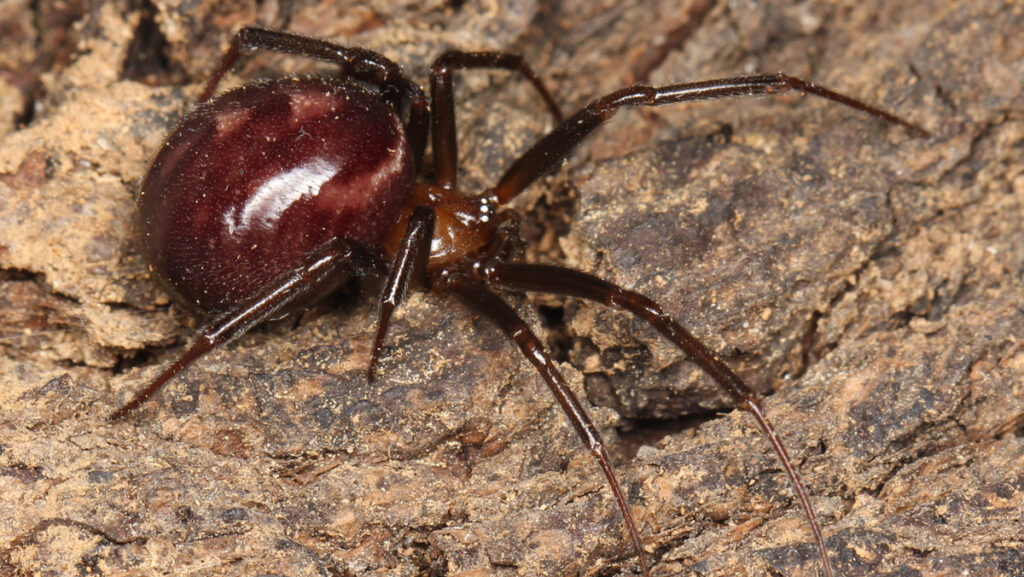
Several non-venomous spider species have evolved to mimic the distinctive appearance of black widow spiders, notorious for their potent neurotoxic venom. The false black widow (Steatoda grossa) bears a striking resemblance to true black widows (Latrodectus species), sharing the glossy black body and rounded abdomen, though typically lacking the iconic red hourglass marking or having a much fainter version. This resemblance is not coincidental but rather a refined evolutionary adaptation that capitalizes on predators’ innate avoidance of black widow coloration and silhouette. While false black widows do possess venom, it’s significantly less potent than true black widows, making their mimicry a classic example of a less dangerous species benefiting from resemblance to a more dangerous one. Another remarkable black widow mimic is the triangulate cobweb spider (Steatoda triangulosa), which has adapted similar web-building behaviors and body shapes despite being relatively harmless to predators.
Wolf Spider Mimics

Wolf spiders (family Lycosidae) are formidable hunters with robust bodies and impressive speed, characteristics that make them intimidating to many predators despite not being among the most venomous spiders. Certain species from the family Pisauridae (nursery web spiders) have evolved to closely resemble wolf spiders in both appearance and hunting behavior, despite being generally less aggressive and having less potent venom. These mimics have developed similar striped patterns on their legs and bodies, adopted the characteristic rapid running movement of wolf spiders, and even mimic the hunting postures that make wolf spiders appear larger and more threatening. The resemblance is so effective that even arachnologists sometimes must carefully examine specific anatomical features to distinguish between true wolf spiders and their mimics. For these imposters, resembling wolf spiders provides protection against birds and small mammals that have learned to avoid the fast-moving, defensive behavior of genuine wolf spiders.
Orb Weaver Mimicry Complexes
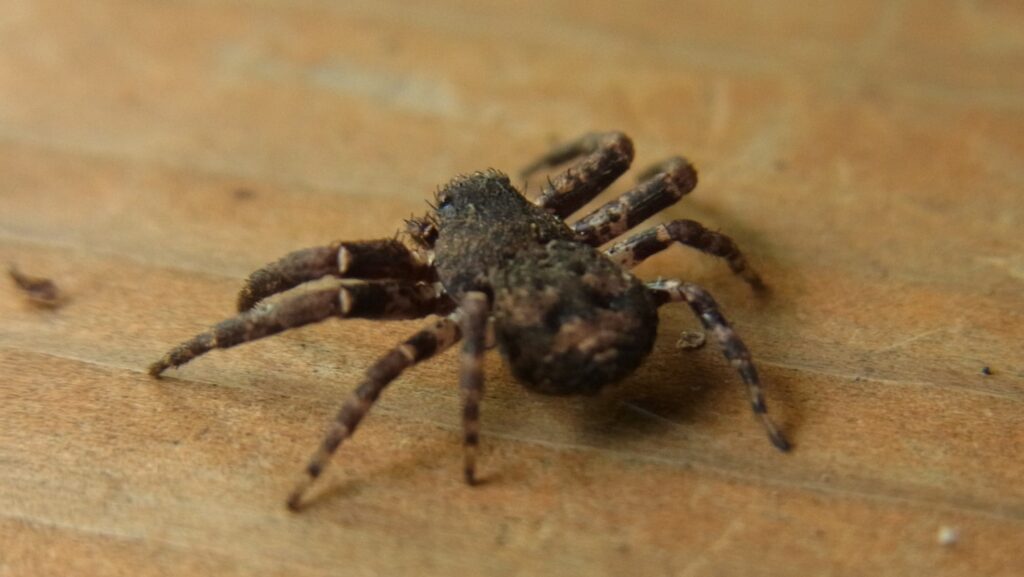
Within the diverse group of orb-weaving spiders, complex mimicry relationships have evolved where multiple non-venomous species mimic more dangerous orb weavers. The harmless Basaniana decorata has evolved to closely resemble the more venomous spiny orb weavers (Gasteracantha species), copying their distinctive spiny abdomens and bright warning coloration that signals potential danger to predators. Similarly, several species in the genus Cyclosa mimic the more dangerous Araneus orb weavers, adopting similar coloration patterns and web-decorating behaviors that make them appear more formidable than they actually are. These mimicry complexes often involve multiple species forming a gradient of resemblance, where some species are almost perfect copies while others show more subtle similarities that still provide protective benefits. The evolution of these mimicry relationships demonstrates how powerful predation pressure can shape physical characteristics across different spider lineages that share similar habitats and face common threats.
Color Patterns and Warning Signals
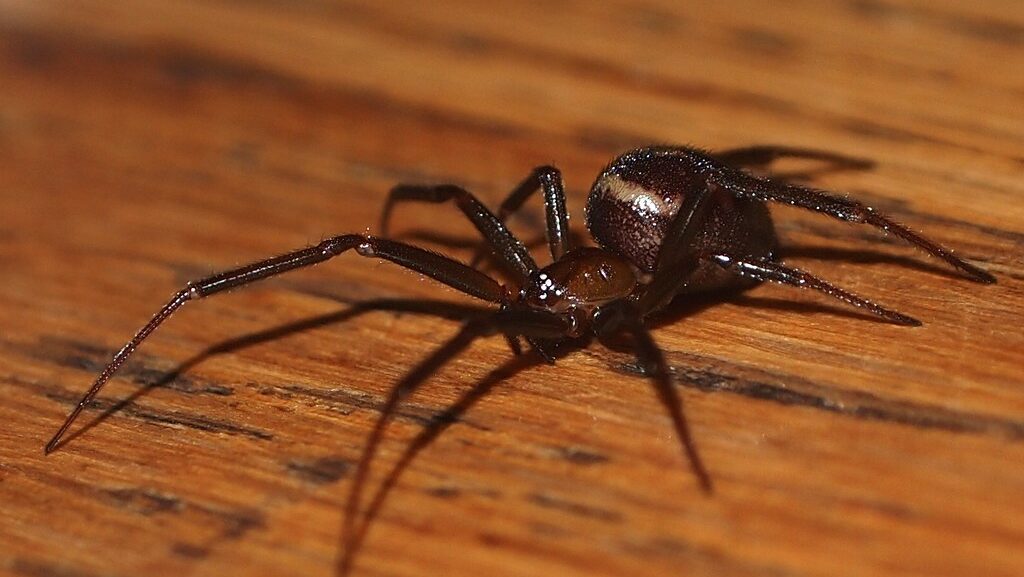
Warning coloration, known scientifically as aposematism, plays a crucial role in spider mimicry systems. Venomous spiders often display bright, contrasting colors or distinctive patterns that potential predators learn to associate with danger, pain, or unpleasant experiences. Non-venomous mimics have evolved to replicate these specific color patterns with remarkable precision, from the yellow and black stripes of certain wasp-mimicking spiders to the vibrant red markings characteristic of some venomous species. The effectiveness of these visual signals depends on their conspicuousness and memorability—bold patterns with high contrast are more easily recognized and remembered by predators after negative encounters. Research has demonstrated that predators like birds and lizards can develop long-lasting aversions to specific color patterns after just one unpleasant experience with a venomous model, providing significant protection for non-venomous species that share the same warning signals. Some mimics have even evolved to display their warning coloration more prominently than the models they mimic, a phenomenon known as “superoptimal stimulus” that enhances the protective effect.
Behavioral Mimicry Complements Visual Deception
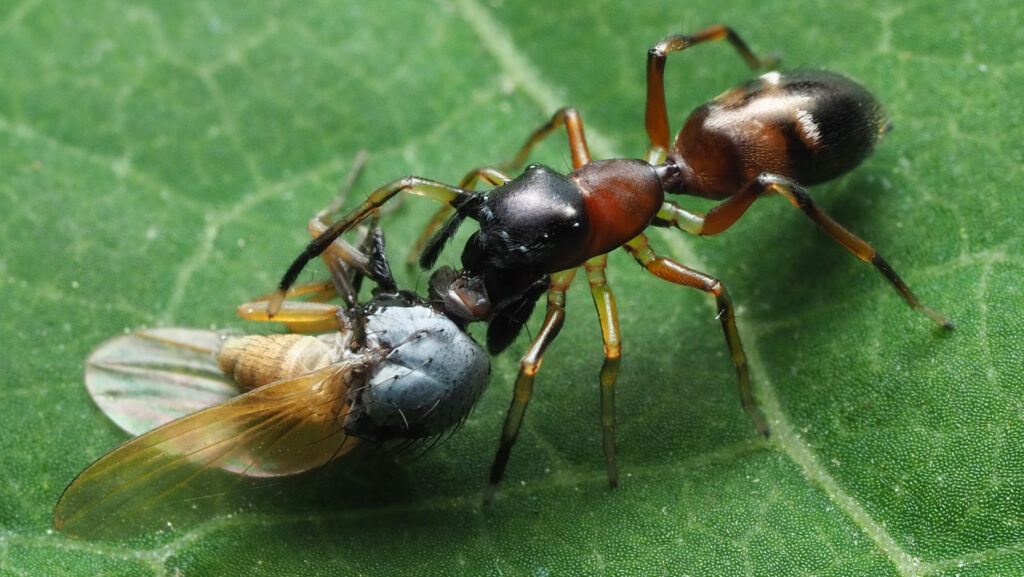
Beyond physical appearance, many non-venomous spider mimics have evolved behavioral traits that enhance their resemblance to dangerous species. These behavioral adaptations include distinctive movement patterns, threat displays, and web-building techniques that mirror those of their venomous counterparts. For example, some harmless jumping spiders that mimic venomous species will raise their front legs to imitate the defensive posture of venomous spiders, despite having no actual venom to inject. Other mimics have developed specific trembling or vibrating behaviors when threatened that are identical to the warning movements of venomous species, triggering the same avoidance response from predators. The combination of visual and behavioral mimicry creates a more convincing deception, as predators rely on multiple cues when assessing potential prey. Studies using video playback experiments with bird predators have shown that combining accurate visual mimicry with behavioral mimicry provides significantly greater protection than either strategy alone, highlighting the sophisticated nature of these evolved deceptive strategies.
Geographic Distribution of Mimicry

The prevalence and precision of spider mimicry varies significantly across different geographic regions, often correlating with the distribution and abundance of venomous model species. In tropical regions, where biodiversity is higher and venomous spiders are more common, mimicry systems tend to be more diverse and sophisticated with multiple mimic species evolving to resemble a single dangerous model. The Amazon Basin, for instance, hosts complex mimicry systems where up to five different non-venomous spider species may mimic a single venomous model with varying degrees of accuracy. In contrast, temperate regions typically display simpler mimicry relationships with fewer mimic species per model. This geographic variation in mimicry complexity demonstrates how ecological factors like predator diversity and model abundance shape the evolution of deceptive strategies. Interestingly, island ecosystems often develop unique mimicry complexes due to their isolation, sometimes featuring mimics of venomous species that aren’t even present on the island but were historically part of the ecosystem before becoming extinct.
The Evolutionary Arms Race

Spider mimicry represents one facet of the ongoing evolutionary arms race between predators and prey that has shaped biodiversity for millions of years. As non-venomous spiders evolve to more perfectly resemble dangerous species, predators simultaneously evolve improved abilities to distinguish between genuine threats and harmless mimics. This coevolutionary dynamic creates selection pressure for increasingly accurate mimicry, leading to the remarkable resemblances we observe today. The arms race is evidenced by the existence of imperfect mimics that still gain protection despite only approximating the appearance of venomous models, suggesting that predator discrimination abilities are constantly improving. Research has documented cases where certain bird species have developed the ability to distinguish between perfect mimics and their models using subtle behavioral cues invisible to human observers. This dynamic process ensures that mimicry systems are never static but continue to evolve in response to changing predator perceptions and behaviors, demonstrating the incredible adaptability of natural selection.
Challenges of Maintaining the Deception
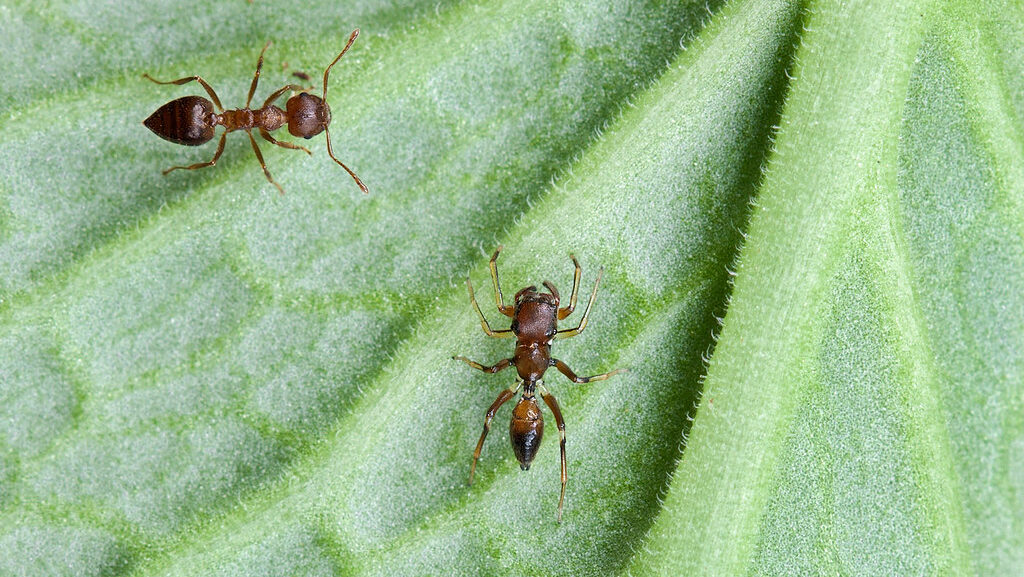
Despite its advantages, spider mimicry comes with significant evolutionary costs and challenges that mimic species must overcome. Developing and maintaining accurate mimicry requires genetic changes that may conflict with other aspects of the spider’s biology, creating evolutionary trade-offs. For instance, mimics may need to modify their body shape or hunting style to maintain resemblance, potentially reducing their efficiency in capturing prey or finding mates. The effectiveness of the mimicry also depends on the continued presence and recognition of the model species; if predators never encounter the venomous model or if the model becomes rare, the protective value of resembling it diminishes substantially. Additionally, the mimic must balance perfect resemblance against the need to maintain species-specific mating signals to avoid confusing potential mates or being mistaken for the model by members of their own species. These challenges explain why perfect mimics are relatively rare and why many species exhibit only partial resemblance to their models, representing a balanced compromise between protection and other survival needs.
Human Misidentification Consequences

The effectiveness of spider mimicry extends to human observers, often leading to misidentification that can have both positive and negative consequences for the mimics. Many harmless spiders are killed due to their resemblance to dangerous species, with mimics of black widows, brown recluses, and other medically significant species frequently bearing the brunt of human arachnophobia despite posing no real threat. This misidentification can significantly impact spider populations in urban and suburban environments where human-spider interactions are common. Conversely, some mimics benefit from human intervention in their ecosystems; conservation efforts aimed at protecting biodiversity sometimes inadvertently provide greater protection for convincing mimics that are mistaken for rare or endangered venomous species. The phenomenon has even impacted medical practice, with bites from harmless mimics occasionally being misdiagnosed as envenomation from dangerous species, leading to unnecessary treatments and distorted statistics about spider bite frequency. These human-mimic interactions represent an unexpected extension of the protective value of resembling dangerous species in modern ecosystems where humans are often the apex predators.
Future Research Directions

The field of spider mimicry research continues to evolve, with new technologies opening exciting avenues for deeper understanding of these complex evolutionary adaptations. Advanced genomic techniques now allow scientists to identify the specific genes responsible for mimetic traits, revealing how relatively few genetic changes can produce dramatic shifts in appearance and behavior between closely related species. Sophisticated predator vision modeling, which accounts for the different visual systems of birds, reptiles, and mammals, is providing insights into how mimicry appears to the actual predators rather than to human observers, potentially explaining cases of seemingly imperfect mimicry that may actually be quite effective from a predator’s perspective. The growing field of machine learning offers promising applications for automating the detection and classification of mimetic relationships across thousands of spider species, potentially uncovering mimicry systems that have escaped human notice. Climate change research is also examining how shifting ranges of model and mimic species might disrupt established mimicry systems, as models and their mimics may respond differently to changing environmental conditions, potentially separating them geographically and reducing the protective value of the resemblance.
